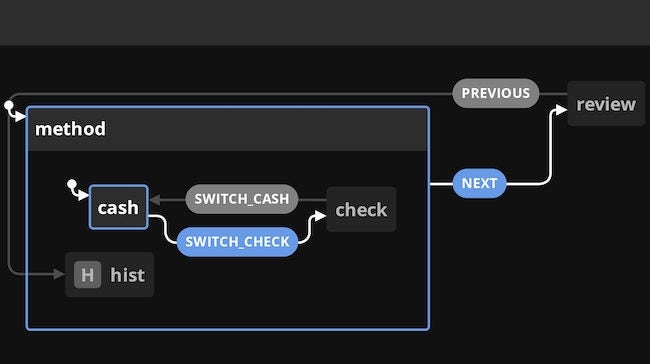Visualizing Business Logic With State Machines

When you have a product like a loan that has a very strict life cycle, things can get complicated quickly, especially when your architecture is event-based. Loans have rules that restrict when something can or cannot be approved. Solar loans in particular have requirements for installation completion as they need to be verified by a third party to connect to an electric grid.
The typical steps for a solar loan are as follows:
- Application
- Credit checks and analysis
- Approval, Rejection, or More information by the borrower is required
- If approved, give the installer their money
- Installation can begin
- Installer says they did the work
- Local utility inspects and says that installation can connect to the power grid.
This process isn't linear and can involve multiple parallel steps. Changes to the installation cost can occur if the original proposal is different, such as if a battery is out of stock from the manufacturer. When a change happens, it has to go through an approval process and some other steps to confirm that this is an acceptable change.
It is a lot, and it was a lot for people to reason about. Different people knew different sections of the process really well but didn't know what happened after the loan left their area of expertise.
Paired Programming With Product Owners

Traditional thinking of a paired programming session includes a driver and a navigator. Where one person is writing code while the other observes and "keeps an eye on the bigger picture." What a state machine allows one to do is to have the driver be a programmer, but anyone who understands the business flow can navigate.
In the case of this project, I would screen share the visualization of the state machine and the product owner would describe what the next step of the process would be or what steps were available. I would update the machine, and then we would move to the next step. In a traditional method of development, these would be very complicated user stories that would try to describe the flow of the loan, and it would be very likely that something would get missed. Once a chunk of the machine was defined for example the underwriting step, we could show that to someone who was an expert in the approval process of a loan.
By visualizing the business logic we were able to gather lots of feedback, and the time that would have been spent going back and forth and a product owner writing tickets was eliminated.
Oh and did I mention that because state machines are deterministic, we were able to generate tests?
Learning More
The state machine was implemented using XState and was highly performant. I highly recommend looking into the XState documentation to learn more about what you can do with state machines. You might even want to use them to power your business too!
View project